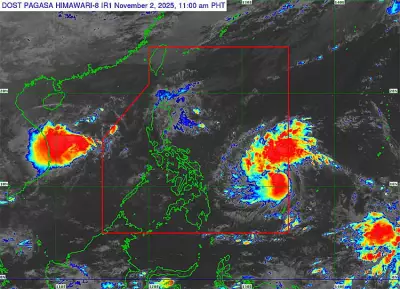
In the wake of recent typhoons that battered Cebu, an unexpected and potentially dangerous phenomenon has emerged from the depths, creating new challenges for local fishing communities. Fishermen across coastal areas are reporting massive accumulations of a peculiar seaweed species that poses serious health risks to those who handle it.
The Unseen Threat Beneath the Waves
Following the turbulent weather conditions, fishermen have discovered substantial quantities of what appears to be "laing" seaweed washing ashore and floating in fishing grounds. This isn't your ordinary marine vegetation—initial reports suggest this specific type carries toxic properties that can cause severe skin irritation, respiratory problems, and other health complications upon contact.
Immediate Impact on Livelihoods
The presence of this hazardous seaweed has created a dual crisis for fishing communities already struggling with typhoon recovery. Many fishermen now face the difficult choice between risking their health to continue fishing or abandoning their primary source of income entirely. The situation has become particularly dire in areas where fishing represents the main economic activity.
Health Warnings and Precautions
Local authorities are urging extreme caution and have issued the following safety guidelines:
- Avoid direct contact with unfamiliar seaweed types
- Use protective gloves and clothing when handling marine catch
- Seek immediate medical attention if irritation or unusual symptoms occur
- Report large accumulations to local environmental agencies
Environmental Concerns Mount
Environmental experts are investigating whether this phenomenon represents a temporary disturbance caused by the typhoon or indicates a more permanent ecological shift. The sudden appearance of potentially toxic marine vegetation raises questions about water quality, marine ecosystem health, and long-term sustainability of local fisheries.
Community Response and Adaptation
Despite the challenges, Cebu's resilient fishing communities are demonstrating remarkable adaptability. Many are exploring alternative fishing grounds while others are collaborating with marine biologists to better understand and mitigate this emerging threat. The situation highlights the complex interplay between natural disasters, environmental changes, and community welfare in coastal regions.
As investigations continue, residents and authorities remain vigilant, recognizing that the aftermath of natural disasters often reveals hidden dangers that require coordinated response and community awareness to address effectively.





